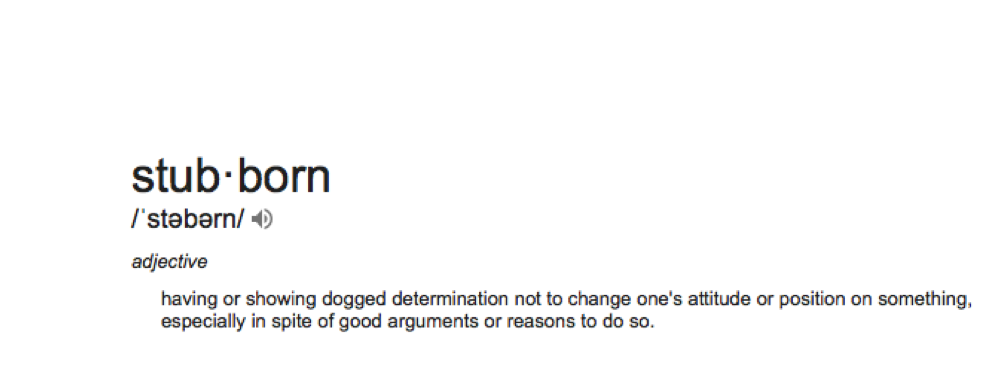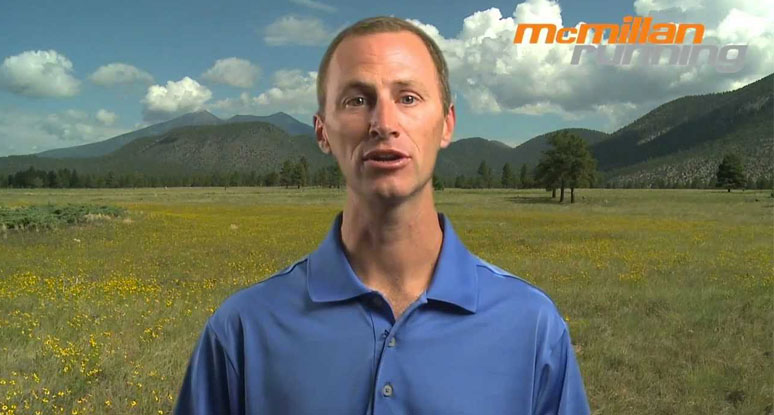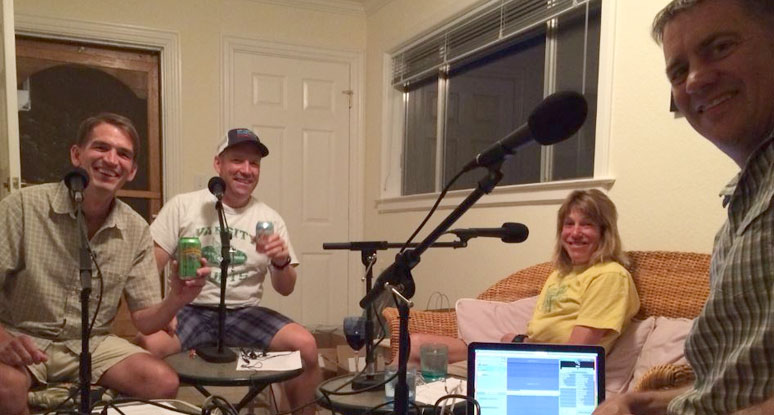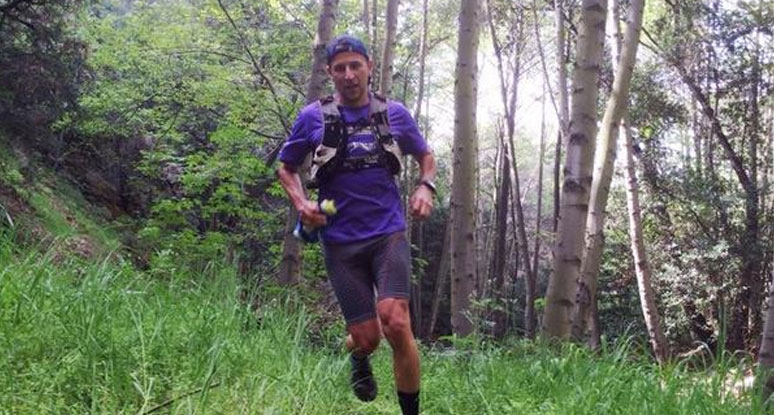Is your body a Ferrari or an AMC Pacer? Do you want to teach your body to burn more fat for energy?
Sunny Blende and Tim Fleming (Endurance Performance Training Centers) join us to talk about Metabolic Efficiency Training. Sunny takes the test and tries the Metabolic Efficiency Training program and tells about her remarkable successes.
 This is a GREAT book on the subject: “Metabolic Efficiency Training” by Bob Seebohar
This is a GREAT book on the subject: “Metabolic Efficiency Training” by Bob Seebohar
Closing Song: “Stalker” by Louis XIV
You can find us on iTunes or listen by using the player below.







Read dr Phil Maffetones book “The big book of endurance training and racing” to get the whole picture.
He is the godfather of endurance training, nutrition, living and inventor of the 180 formula!
Super cool podcast, but felt a built guilty listening to it as I drove and ate a peanut butter cup with diet coke lol. Definitely makes me want to learn more about this and give it a shot. Since I’m injured right now, maybe it’s time to hop on the bike for some cross training and a great time to start some MET.
Hello everyone,
I recently bought Maffetone’s book. I’m training for my first ultra (50 miler) using the Maffetone method(180-age formula), I started 3 weeks ago. A recurring bit of advice throughout all the podcasts is to run the first half of the race easy so you’re not running the second half on dead legs. Does anyone have an idea what “easy” would be as a percentage of my maximum aerobic heart rate (crossover point)? It would make sense that “easy” should be under that crossover point so you don’t burn up all your glucose. Should I just stay as close to the crossover point as possible to cover the most ground or is it better to back off more? Or is it not necessary to stay under the crossover point?
Thanks guys,
Brian
P.S. Don, Scott, Faith, Tim, you guys are awesome! You’ve all done an amazing job with the site and the podcasts.
Brian, on my first (and only) 50 miler I successfully ran at MAF intensity/pace for the whole race (MAF=180-age) .. Another maybe more accurate way to calculate MAF is subtracting 20 beats to you lactic threshold. Easy way to detect lactic threshold (According to Joe Friel) is to do an all out 30 min run (alone) and measure your average HG for the last 20 minutes.
Thanks Horacio! I think that’s what I’ll try to do. So far I’m loving the Maffetone method. I’ve only been doing it for 3 weeks and I don’t feel drowsy in the mid afternoon anymore.
Sunny mentioned Ucan while training this way. I have actually been training like this for awhile now, slow and steady, no speedwork, all aerobic w/HRM. And very recently recently I have started to cut all grains out of my diet, pretty much paleo/primal, some exceptions like dairy in the form of RAW milk and cheeses.
I was curious if I could continue with taking Tailwind Nutrition for my long runs. Since it’s basically all glucose (sugar), would it spike my blood sugar (even just sipping)? How does this fit into a relatively low carb/paleo diet (my carbs usually stay below 150g per day).
Awesome podcast as usual guys, can’t get enough of this!
Ian,
I have attempted the MET method. During training, you should not take any sugars – so no, don’t use Tailwind. I found this very difficult at first, but got used to plain old water. You will have to supplement your electrolytes with your water intake. I use Succeed S! Caps. I am slowly bringing my training diet back to a more “normal” diet and now include one bottle of Tailwind and one of water. On race day, I plan on using Tailwind the entire day.
Hope this helps.
Another source of heart rate zones is free App by Azumio -“Heart Rate” I have it for some time and after MET podcast realized that there are HR Zones, calculated from Karvonen Formula for me – since there is my data in settings.
Thanks for all podcasts……
Great podcast! Fabulous information!
I think this may be the solution for those of us who need to lose weight, but don’t want to mess with the dangers of a weight loss diet while training.
Thank you all for the very informative posts on this forum too.
Hi guys!
Thanks for your continued good work with these stellar podcasts!
I have been messing around with low heart rate for a couple years now having originally heard it as explained by Phil Maffetone. I’m curious about the crossover point that Sunny and Tim speak about and how it fits in with the MAF that Phil speaks about:
I’ve been able to improve my pace at MAF which for me is 129HR but Sunny and Tim actually talk about the crossover point morphing on to a higher HR. My question:
Are you able thru this training to run aerobically at a higher HR or are you simply able to run faster at a same, unmoveable MAF HR? In my case, should I expect to be able to run with improvements at say 138 instead of 129 or am I wise to keep training (and racing/pacing) at 129 or lower?
Thanks!
Bump! anyone home?
[…] mentioned this podcast we did a year ago on Metabolic Efficiency Training with Sunny Blende and Tim Flemming the Podcast with Anna Hughes on Mental […]